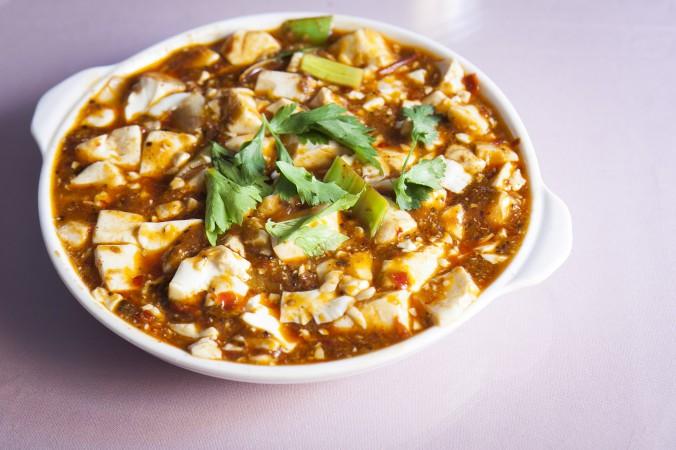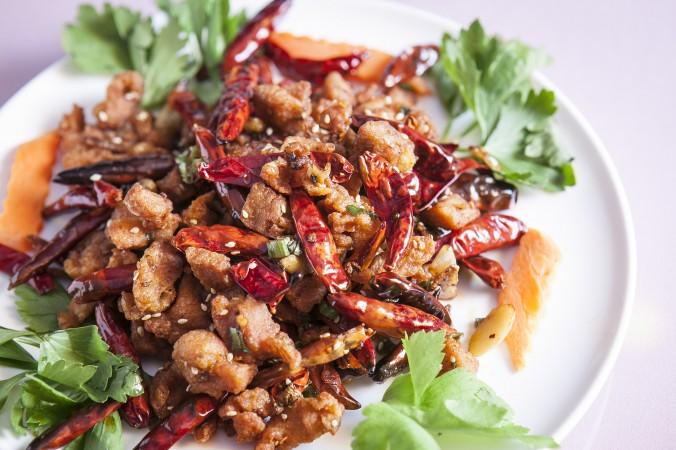Hot, hot, hot! That’s what normally comes to mind when people think about food from Sichuan, home to sizzling, tongue-numbing peppers and chilies.
China’s rich culinary traditions have been handed down generation after generation for thousands of years. Of the eight major culinary schools, Sichuan cuisine (川菜) is one of the most popular.
Located in the warmer southwest region of China, Sichuan Province can be stiflingly humid and damp, even in the winter. The Sichuan people balance the humidity with a palate of piquant and spicy dishes.
The use of fiery Sichuan peppercorns and red chilies combines to produce a tingling, numbing sensation, one that is best described in the Chinese term mala (麻辣), which translates to “numbing spice.” A flavorful and precise mixture of other seasonings like onions, ginger, garlic, soy sauce, and vinegar are also often added to Sichuan dishes.
There’s a lot more to Sichuan cuisine than just spiciness. Take tea-smoked duck, a classic, non-spicy dish. According to a popular Chinese saying about Sichuan cuisine: “One dish, one style; one hundred dishes, one hundred flavors.”
Here are 8 of the most well-known Sichuan dishes (in no particular order) that you can try the next time you pop into a Sichuan restaurant. Of course, this list in no way encompasses all the delicious offerings of Sichuan cuisine, but it is a place to start for first timers. And be sure to order have some ice cold water on stand-by, and eat lots of rice to soothe your stinging taste buds.
1. Mapo Tofu (Ma Po Do Fu “麻婆豆腐”)






